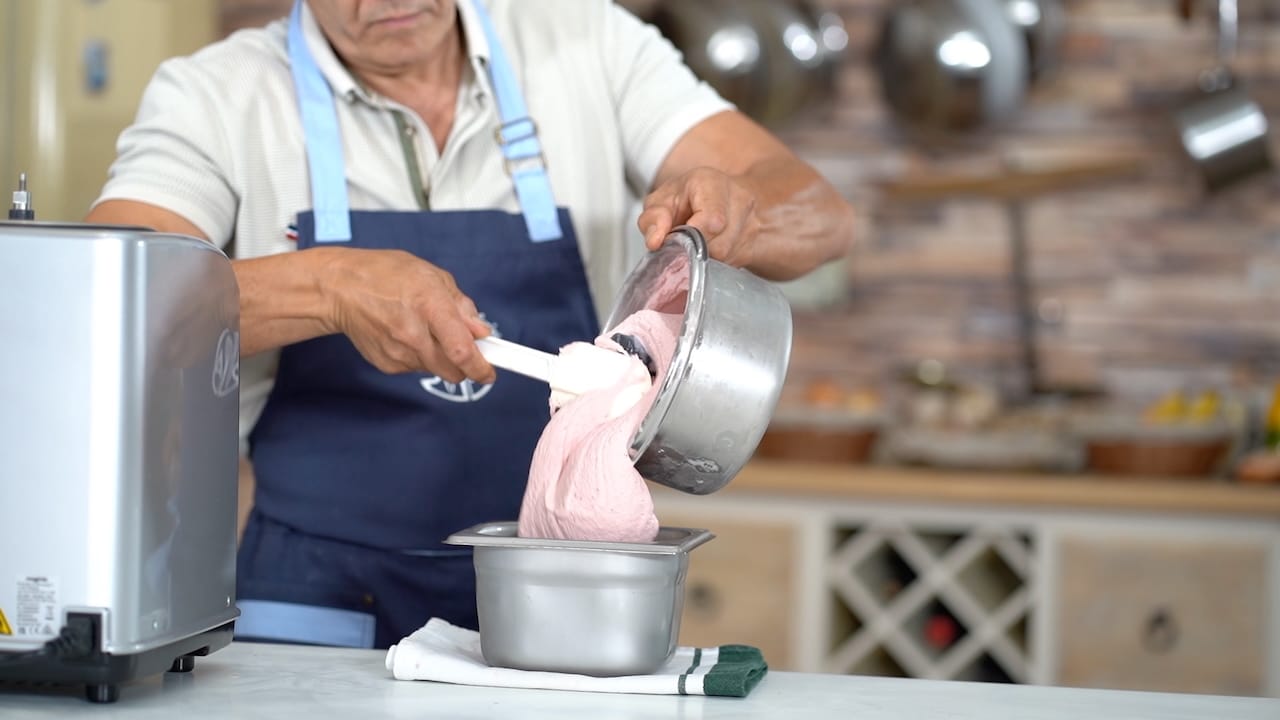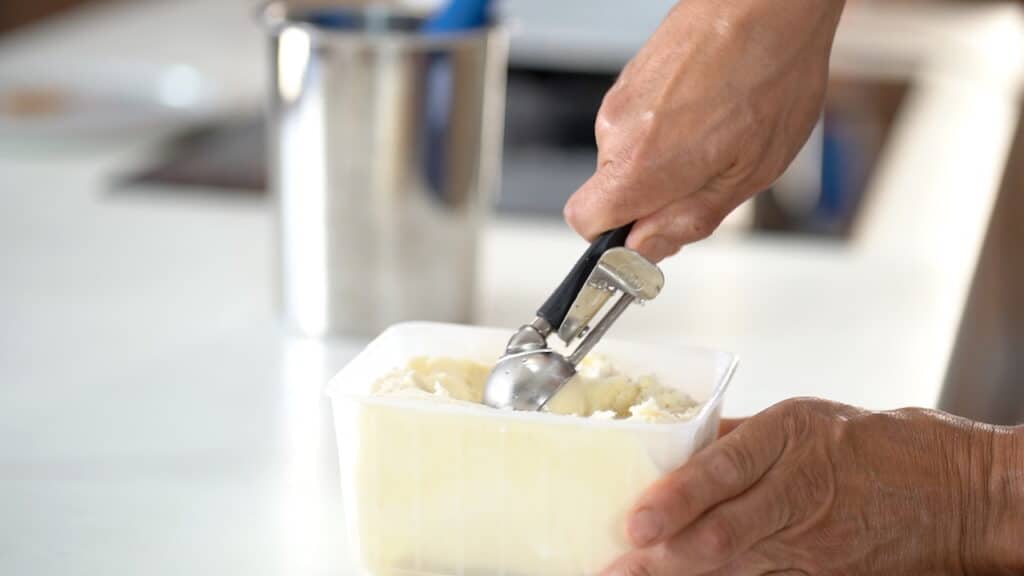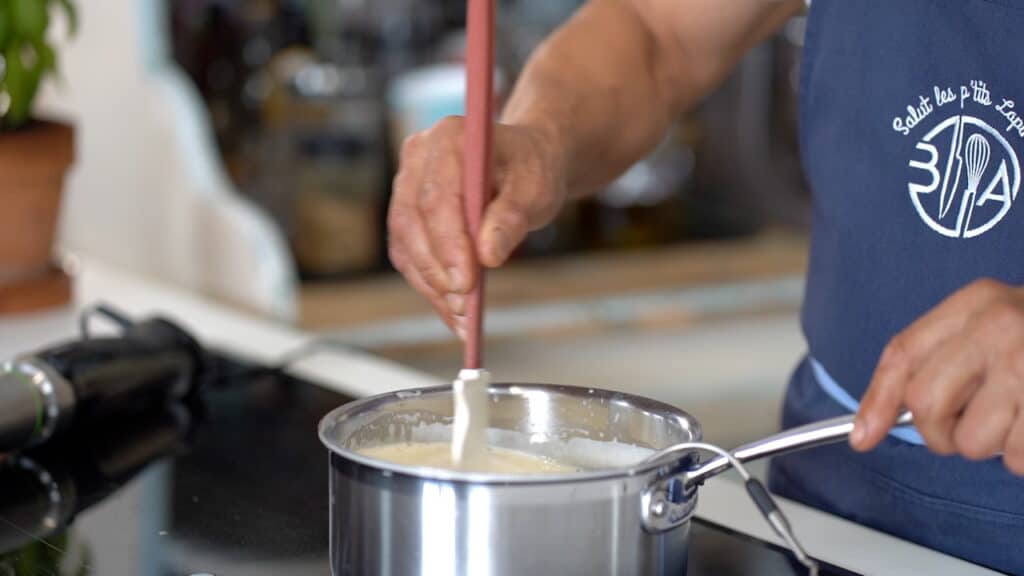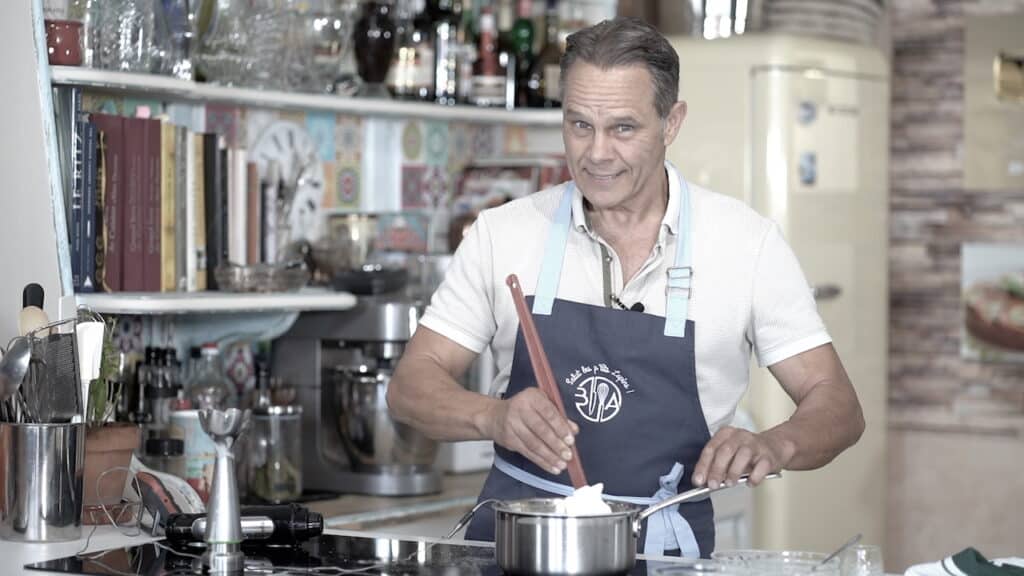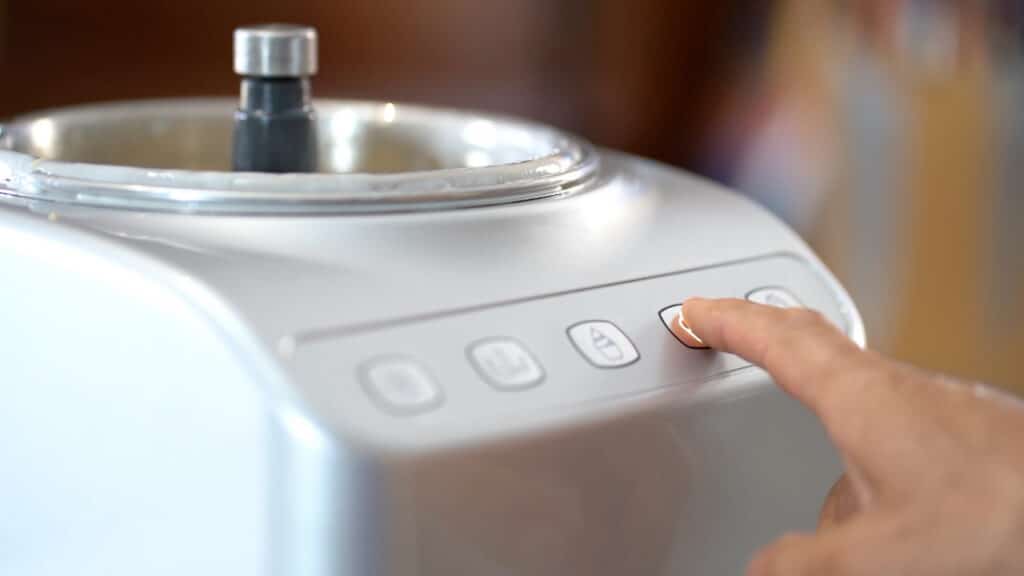I’ve always seen frozen desserts as a canvas for expression. The range of ice creams and sorbets available to us is vast, each with its own characteristics, challenges, and opportunities for creativity. In this article, I’ll take you through the major families of frozen desserts we produce in a professional kitchen, from rich custards to refreshing fruit sorbets, from Italian gelatos to plated sundaes, with examples, balancing techniques, and tips for achieving optimal results.
Notice: This article is part of a comprehensive series dedicated to the craft of ice cream and frozen dessert making. We recommend reading the articles in the suggested order. You can find all eight articles in this series listed at the bottom of the page.
Cream-based ice creams: the backbone of tradition
Classic ice cream begins with a dairy base, often enriched with egg yolks. This category includes what we call in France crème glacée and glace aux œufs. The richness of these products comes from milk fat, egg yolks, and the balance of sugars.
To create a premium vanilla or caramel ice cream, I typically work with a base that includes at least 10 percent fat and 7 percent egg yolks. These elements give structure and emulsification, and help achieve a luscious texture.
Examples from my recipe book include:
- Banana lime ice cream: where the sweetness of banana is brightened with citrus
- Blackcurrant and strawberry ice creams: both of which require careful balancing of acidity and sugar for a smooth texture
- Mango ice cream: where high pectin and Brix levels demand precise calibration to avoid gumminess
Each fruit brings a different profile in terms of sugar, water, and acidity. That’s why I always measure the Brix and pH to guide my adjustments in sugar and stabilizer ratios. You can’t apply the same formula across all fruits, balance is always specific.
Sorbets: freshness, acidity, and bold flavors
Sorbets are dairy-free and rely on fruit, water, and sugars. The legal standard in France requires a minimum of 25 percent fruit (15 percent for citrus). This purity allows the natural character of the fruit to shine, but it also demands precise control.
Acidic fruits like lemon or rhubarb need more sugar to balance sharpness, but too much sugar will inhibit freezing. High-Brix fruits like peach or coconut may require a blend of dextrose or glucose syrup to avoid an overly sweet profile.
Some of my favorite sorbets to work with:
- Limoncello sorbet: a boozy, aromatic blend that needs alcohol control to freeze properly
- Rhubarb and cassis sorbet: punchy and colorful, but easily destabilized if over-sugared
- Peach sorbet: elegant and smooth when the purée is well-ripened and the sugar balance refined
I recommend aiming for a Brix of 28 to 32 for most sorbets. Alcohol and stabilizers must be calculated carefully to maintain scoopability without compromising flavor.
Gelato: density and purity, Italian-style
Gelato stands apart from traditional ice cream in two key ways: it’s lower in fat (typically 5 to 8 percent), and it’s served at a warmer temperature (around -12°C). This gives gelato its famously dense, creamy mouthfeel and intense flavor release.
The lower fat means we must rely more on solids, especially milk powder and sugars, to build body and reduce iciness. Overrun is also minimal (20 to 30 percent), leading to a more concentrated flavor experience.
Three gelatos that are often served in boutiques:
- Mint stracciatella gelato: where chocolate shards provide crunch and contrast
- Chocolate gelato: made with high-quality cocoa and balanced with dextrose to control freezing point
- Yogurt gelato: tart, fresh, and perfect as a base for fruit swirls or honey
Gelato formulation is a science of solids, sugars, and stabilizers. I always run my base through a formulation calculator to ensure balance. Even a few grams of error can make a dramatic difference in structure and freezing.
Gourmet creations: sundaes and plated frozen desserts
Sundaes may sound old-fashioned, but in the hands of a chef, they become a playground for texture and contrast. I often create seasonal sundaes using multiple components: a base ice cream or gelato, chopped fruits, fruit coulis or other sauces like chocolate or caramel, crunchy element (like crumble, pie leftovers, crust, tuiles), and whipped cream etc…
One of my favorite is the roasted apricot ice cream sundae: roasted apricot ice cream, apricot marmalade, apricot pie scraps, apricot marmalade, raspberry coulis, red fruits, whipped cream and toasted nuts.
When plating frozen desserts, remember:
- Use quenelles for elegant shapes
- Play with temperature contrast (cold ice cream with warm sauce if served immediately)
- Consider mouthfeel, chewy, crunchy, airy, and creamy elements should coexist
These desserts demand precision in timing and storage. Always harden components properly and assemble à la minute for best results.
One craft, many expressions
The world of frozen desserts is wonderfully diverse. As chefs, we’re not limited to one style or method, we have an entire spectrum of textures, temperatures, and tastes at our disposal.
Whether you’re balancing the acidity of a berry sorbet, refining the body of a chocolate gelato, or building a plated dessert that plays with contrast, each type of ice cream or sorbet is a unique challenge. And it all begins with understanding their individual identities.
In the next article, I’ll walk you through the most common defects we encounter in frozen desserts, and how to prevent or fix them using sound technique and technical insight.
